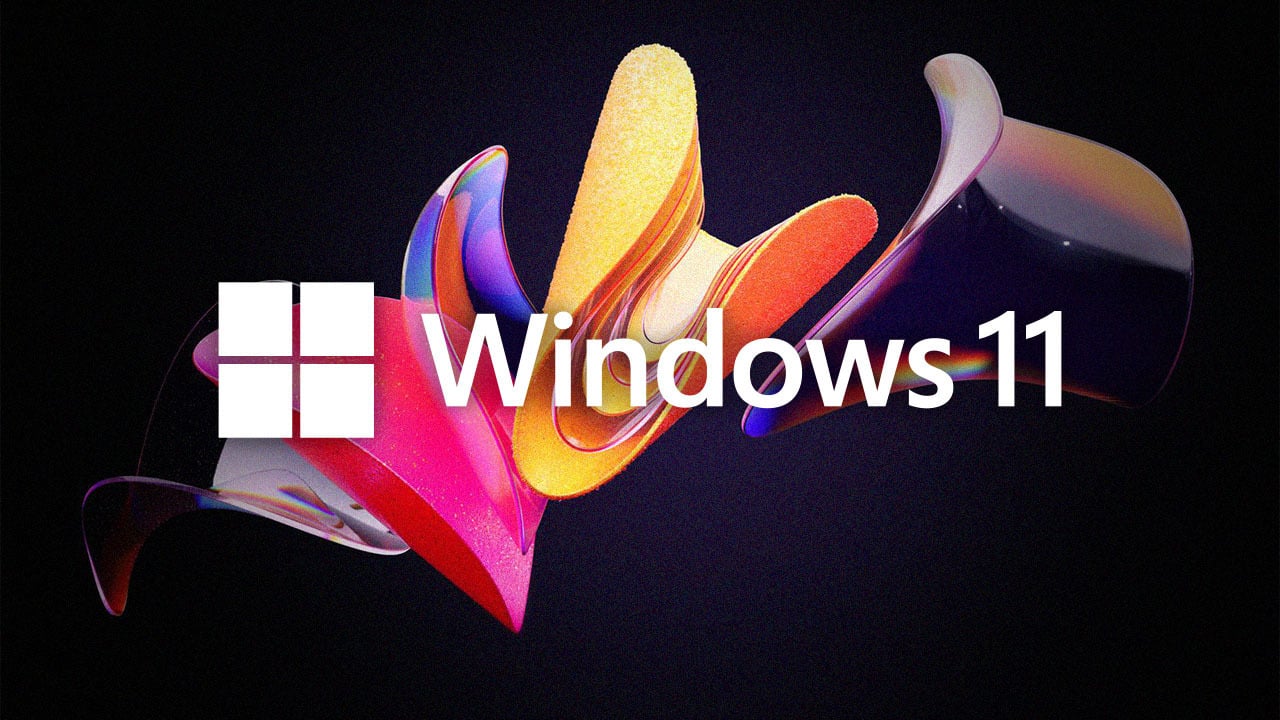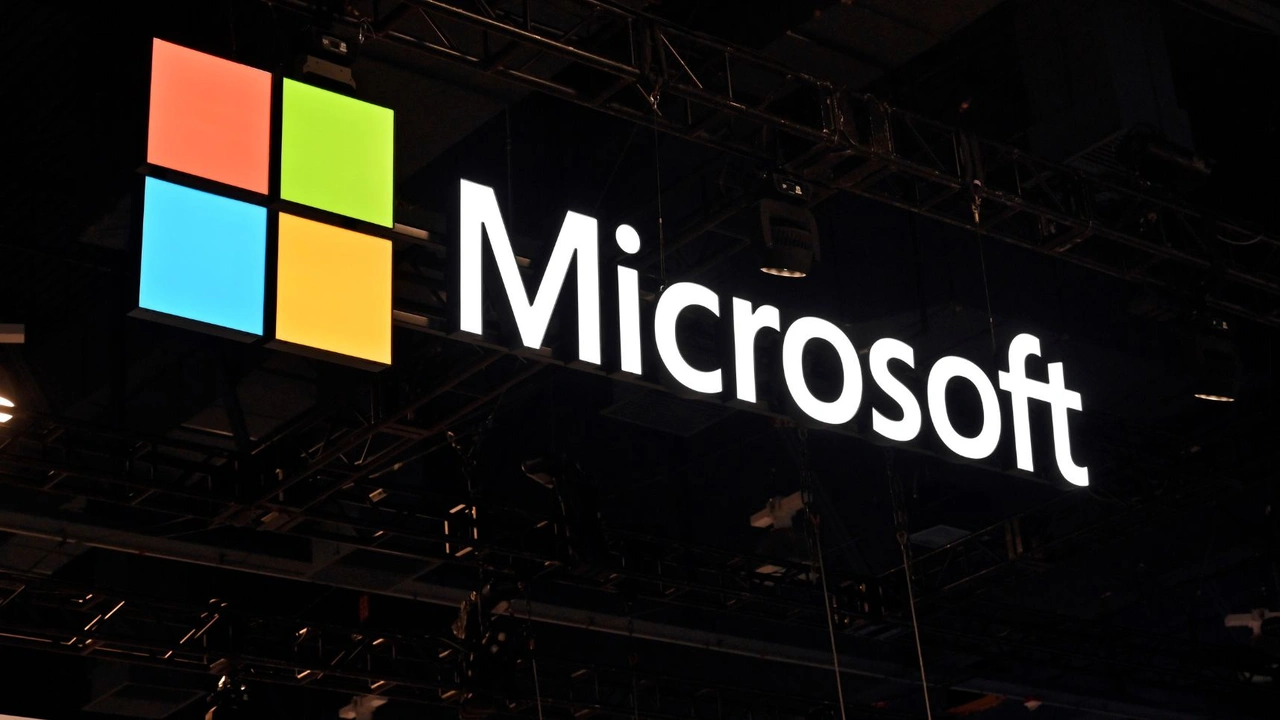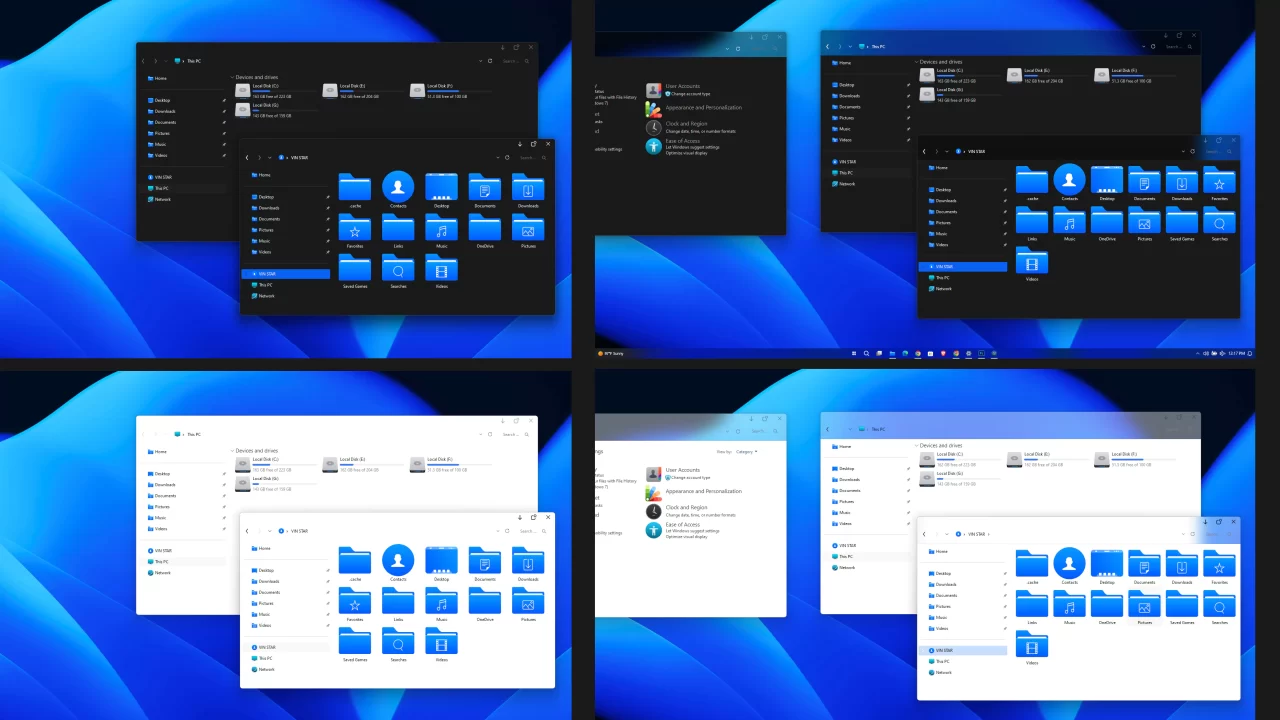Always-On-Display is a fan favourite feature for it's classic style of lighting up the screen permanently that has a digital clock, digital calendar, widgets etc.
Who Helps Always-On-Display Feature to Shine the Best?
This feature to be mentioned as AOD hereafter, does work on LCD panels. But it shines the best when paired with an OLED screen. OLED ensures a complete black backdrop and displays ambient information on-screen.
Where is the Always-On-Display Featured Most?

In recent times, AOD feature is shipped into every high-end mobile phones. Not only the high-end phones but also the mid-range and low-range budget friendly mobile phones are designed with this feature.
However, this feature is still missing in large screen devices like the iPad. And not only this but also the PC especially the Windows 11 devices poorly lack this feature.
Is this Feature for any Good?
Microsoft has not yet successfully delivered the AOD feature that's what disappoints it's users the most. This modernization is now needed badly as this would improve and promote the working experience on Windows 11 Tablet PC.
What can Microsoft do to Improvise it's Devices?

As has been noted from the unnamed sources, Microsoft is to launch a 11" to 12"Surface Pro tablet in this season of Spring. On devices like these the Always-On-Display inculcation is of a great idea!
AOD Evolution through the Years
Samsung surely couldn't impress it's users much with this feature in Galaxy S6. Back then it lacked customising options and failed to display even the basic notifications. It is since then the OEMs has evolved much by improving their AOD display screens.
Currently, iOS along with maximum Android system allows to use this AOD feature and presents notifications, widgets, images and wallpaper in a dim yet ambient way.
Is it Worth Using?
Of course! It definitely is worth it and it's for sure that there is no going back if once you try this AOD feature.
